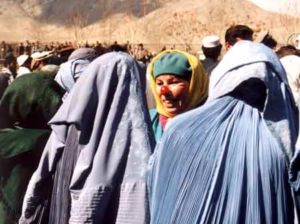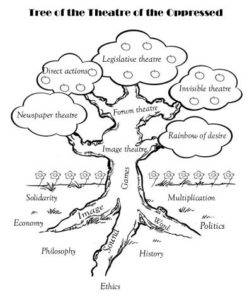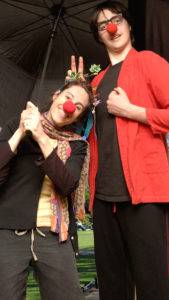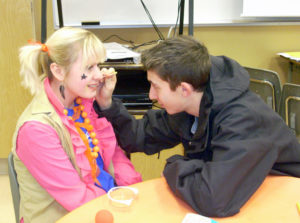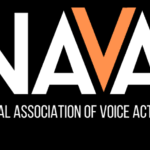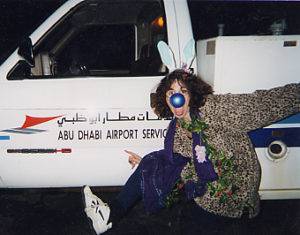
Clowning: some what, some why, and a little history Part Two
To follow up on part one, a history of clowning, this little section looks at ‘what is clowning’ and how that was understood early in the history of Islam in the Silk Road countries. What is clowning? The exchange of styles, skills, characterizations and so forth was (and is) facilitated by the itinerant nature of performers. Three main reasons why performing clowns traveled were: *The search for new markets *As part of royal court retinue (they were expected to accompany various court members) *Self-preservation; as laws changed and social pressure increased, it became in the clowns best interest to keep
